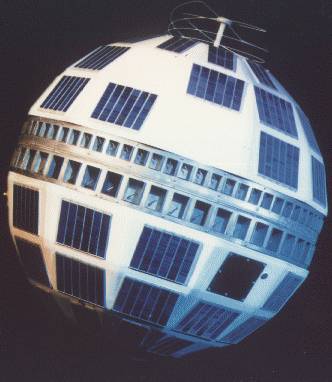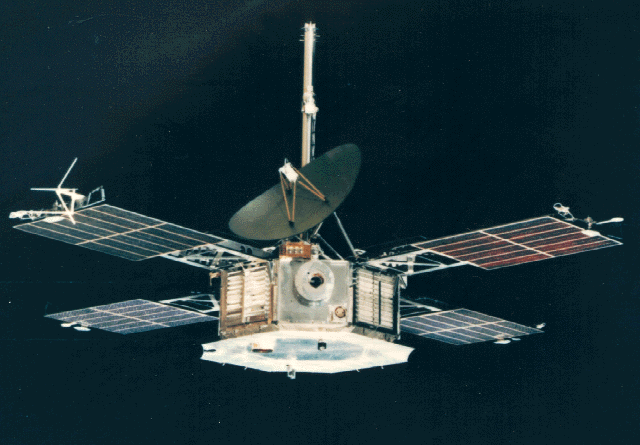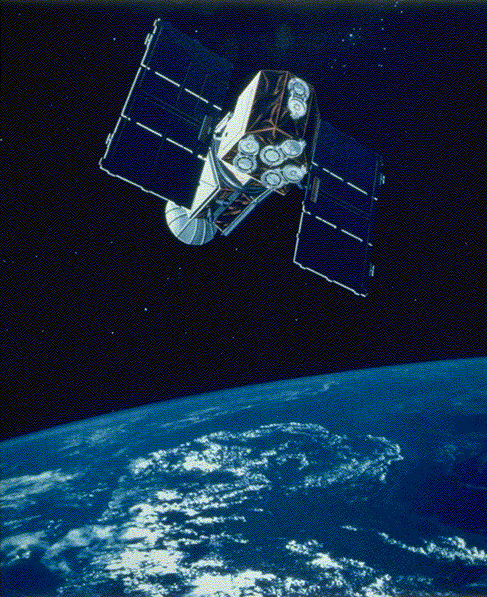Fifty years ago today — July 10, 1962 — Telstar 1 launched from Cape Canaveral on a Delta rocket.

(Telstar 1. NASA image from Wikimedia Commons.)
Telstar 1 was built by AT&T Bell Telephone Laboratories, making it the first privately-built communications satellite, and broadcast the first live television signals between the U.S. and Europe. The spacecraft was short-lived — its “command channel began to behave erratically” in November and its transmitter failed in February 1963 — but it proved the concept and thereby led to the worldwide satellite communications we enjoy today.
In other space history, on this date 20 years ago, the Giotto probe made a flyby of Comet Grigg-Skjellerup, passing the comet’s nucleus at a distance of between 100-200 km (62-124 mi). It was Giotto’s second flyby, having studied Comet Halley on its primary mission, and the closest-ever flyby of a comet nucleus.
















